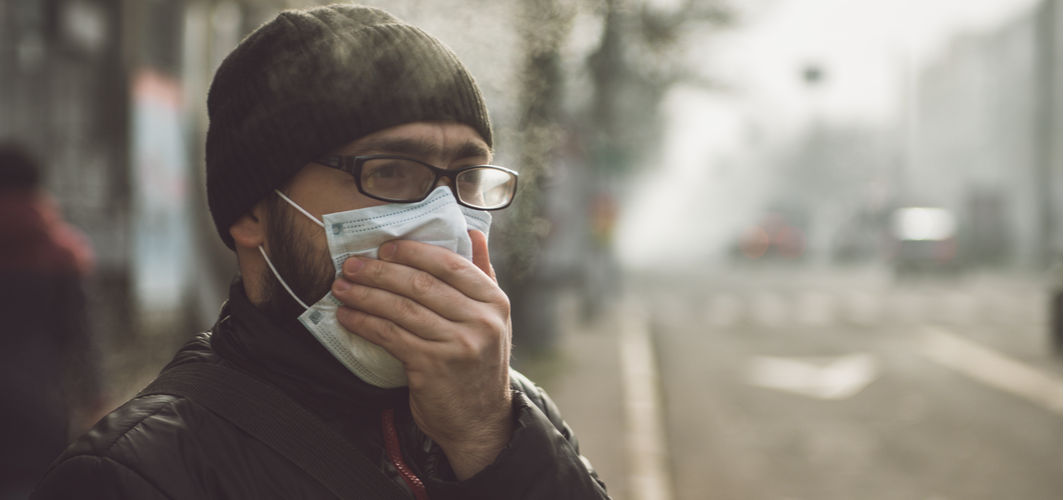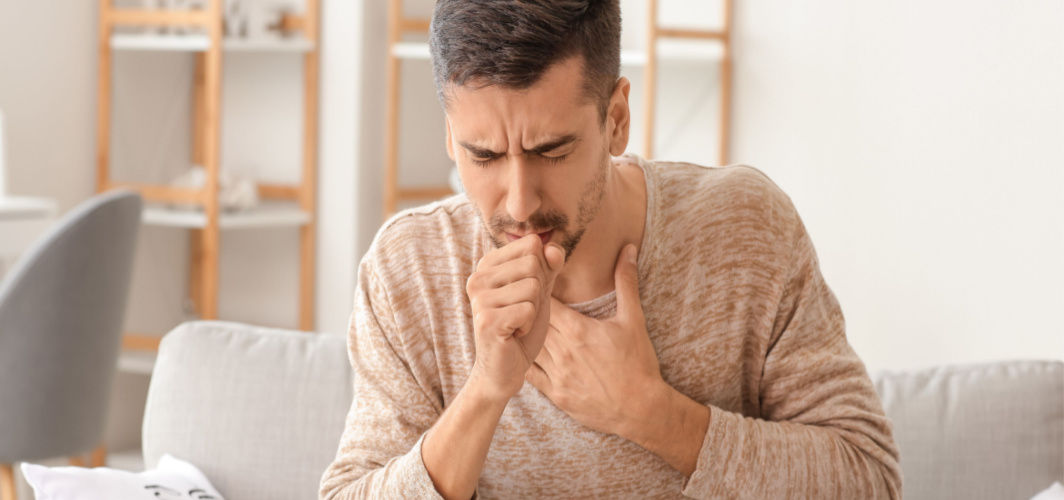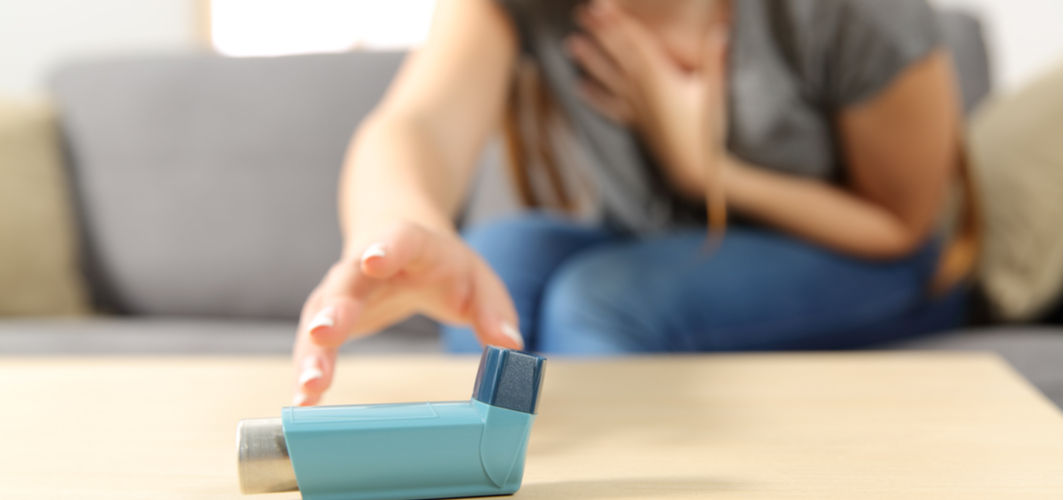Respiratory Health
How Air Pollution Could Aggravate the COVID-19 Pandemic
5 min read
By Apollo 24/7, Published on - 18 November 2020, Updated on - 18 October 2022
Share this article
0
0 like

What is particulate matter?
Why is particulate matter harmful to humans?
How can particulate matter facilitate Coronavirus transmission and increase infection severity?
What can be done to combat pollution and COVID-19 transmission?
- Wash hands frequently, use a sanitizer and maintain a physical distance of at least 2 metres.
- Use a good quality mask, preferably N95, N99 or N100 mask as they have the ability to filter out the finest particles.
- Patients who have recovered from COVID-19 must be extra cautious as the disease tends to decrease lung function and increased levels of pollution may aggravate their health.
- People must try to remain indoors and not step out of their houses unless necessary.
- Early morning jogs must be avoided as the pollution levels are at a peak during those hours.
- Invest in air purifiers as it would help in filtering out the allergens, toxins and pollutants from the indoor air.
Takeaway
Respiratory Health
Leave Comment
Recommended for you

Respiratory Health
Don’t Ignore Dry Cough. It Can Be A Symptom Of These Diseases
You experience a dry cough when your body tries to clear irritants from your airway. It can also be caused by certain medical conditions. The article explores those conditions in detail below.

Respiratory Health
Suffering From COPD? These 9 Exercises Can Help Relieve Symptoms
Although there is no permanent cure for COPD, exercises can help ease the symptoms and strengthen the lungs to a great extent.

Respiratory Health
6 Warning Signs of Lung Damage
An infection, tumour, or tissue disorder can lead to lung damage. Early signs and symptoms of lung damage include cough, shortness of breath, chest pain, blood in the cough, and difficulty in daily activities. One should consult a doctor for early diagnosis and treatment.
Subscribe
Sign up for our free Health Library Daily Newsletter
Get doctor-approved health tips, news, and more.
Visual Stories

Managing COPD During the COVID-19 Pandemic
Tap to continue exploring
Recommended for you

Respiratory Health
Don’t Ignore Dry Cough. It Can Be A Symptom Of These Diseases
You experience a dry cough when your body tries to clear irritants from your airway. It can also be caused by certain medical conditions. The article explores those conditions in detail below.

Respiratory Health
Suffering From COPD? These 9 Exercises Can Help Relieve Symptoms
Although there is no permanent cure for COPD, exercises can help ease the symptoms and strengthen the lungs to a great extent.

Respiratory Health
6 Warning Signs of Lung Damage
An infection, tumour, or tissue disorder can lead to lung damage. Early signs and symptoms of lung damage include cough, shortness of breath, chest pain, blood in the cough, and difficulty in daily activities. One should consult a doctor for early diagnosis and treatment.